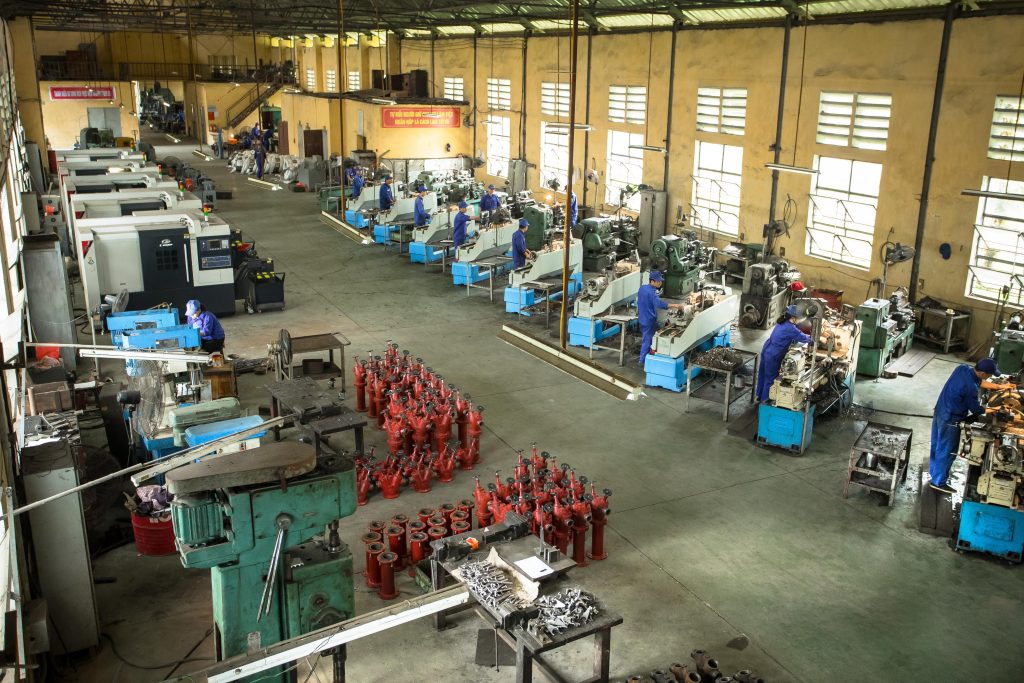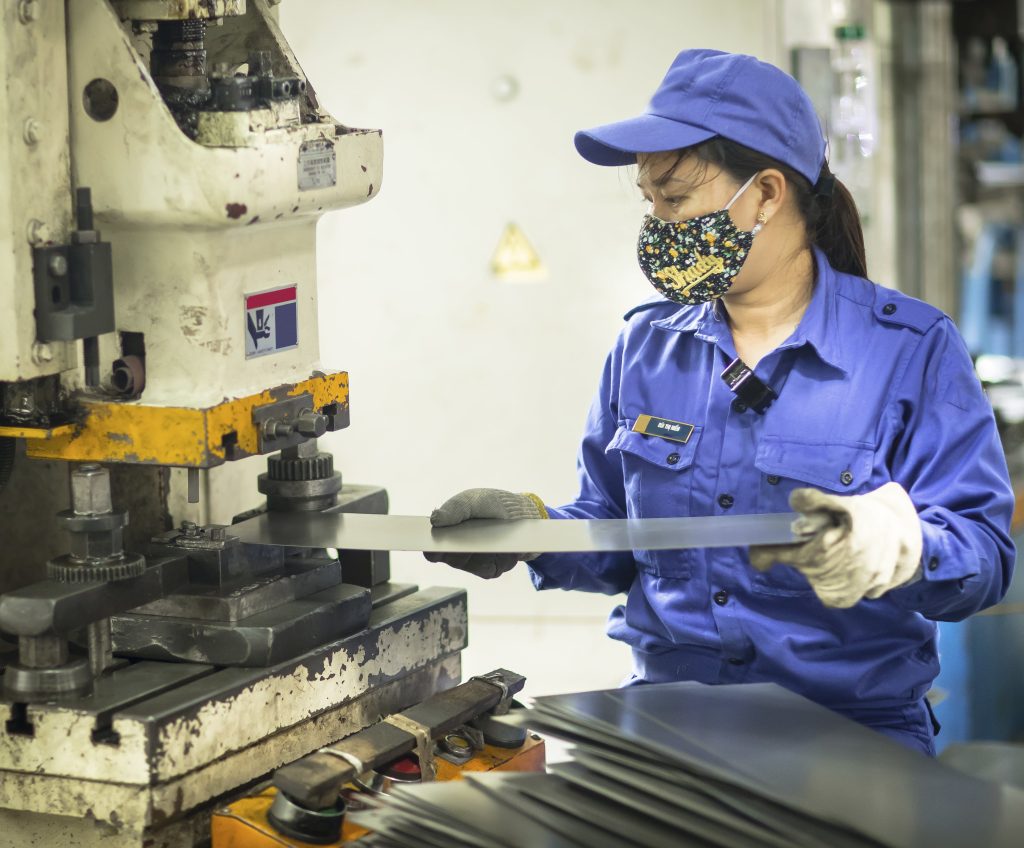The manufacturing industry in Vietnam has experienced remarkable growth and development in recent years, positioning the country as a significant player in the global manufacturing landscape. With a strong focus on economic reforms, favorable government policies, and an abundance of skilled labor, Vietnam’s manufacturing sector has surged, attracting foreign investment and driving the country’s industrial growth. This article delves into the growth trajectory of Vietnam’s manufacturing industry and explores its potential for expansion.
Rapid Growth and Industrial Transformation
Vietnam’s manufacturing industry has undergone a significant transformation, transitioning from an agrarian-based economy to a robust manufacturing hub. The government’s proactive approach to implementing economic reforms and creating a conducive business environment has played a pivotal role in driving this growth. Foreign direct investment (FDI) inflows into the manufacturing sector have surged, bolstering the development of industrial zones and enhancing production capabilities.

Key Growth Drivers
Government Initiatives and Policies
Vietnam has implemented strategic initiatives and policies to attract foreign investment, encourage domestic production, and foster technological advancement within the manufacturing sector. Regulations favorable to businesses, trade agreements, and tax incentives have been instrumental in stimulating manufacturing growth.
Skilled Workforce

The country’s young and increasingly skilled workforce has been critical to Vietnam’s manufacturing success. The availability of a capable labor force, coupled with ongoing investments in vocational training and education, has improved the overall productivity and efficiency of the industry.
Emerging Technological Adoption
Vietnamese manufacturers are embracing advanced technologies and digitalization, positioning the industry at the forefront of Industry 4.0. Adoption of automation, robotics, and smart manufacturing practices has enhanced operational capabilities and productivity, laying the foundation for future expansion.
Favorable Geographical Location
Vietnam’s strategic geographical location offers advantages in terms of logistics, making it an attractive destination for businesses seeking to establish manufacturing operations. This, in turn, has contributed to the growth and expansion of the sector.
Potential for Future Expansion
FDI Inflows and Global Partnerships
Vietnam’s attractiveness to foreign investors is expected to continue, driven by favorable investment policies, trade agreements, and a dynamic business ecosystem. The country’s participation in international trade partnerships and the diversification of export markets will further strengthen its manufacturing base.
Diversification of Industries
While traditionally strong in textile and garment manufacturing, Vietnam’s diversification into high-tech industries, electronics, and automotive sectors is positioning it as a comprehensive manufacturing hub. The expansion into these sectors presents opportunities for sustained growth and increased economic value.
Infrastructure Development
Ongoing infrastructure development initiatives, including transportation networks, industrial parks, and energy infrastructure, will enhance the overall manufacturing capability and support future industry expansion.
Conclusion
Vietnam’s manufacturing industry has experienced significant growth and development, exemplifying the country’s emergence as a formidable manufacturing powerhouse. With favorable government policies, a skilled workforce, and a commitment to technological advancement, Vietnam is positioned for continued expansion in the global manufacturing landscape. As the industry continues to evolve, it is poised to attract further investment, drive innovation, and contribute to the country’s economic prosperity, solidifying its status as a key player in the global manufacturing arena.